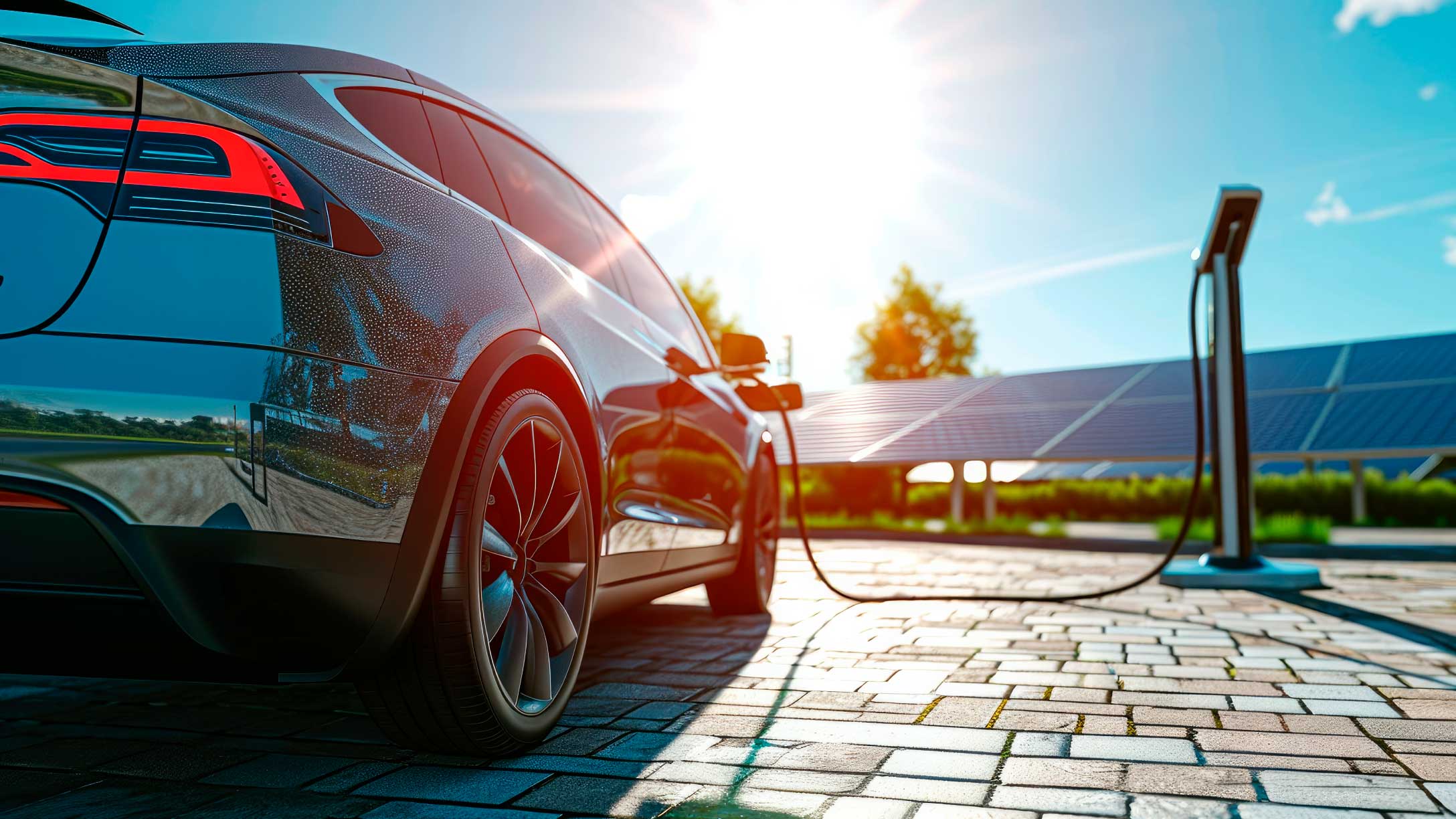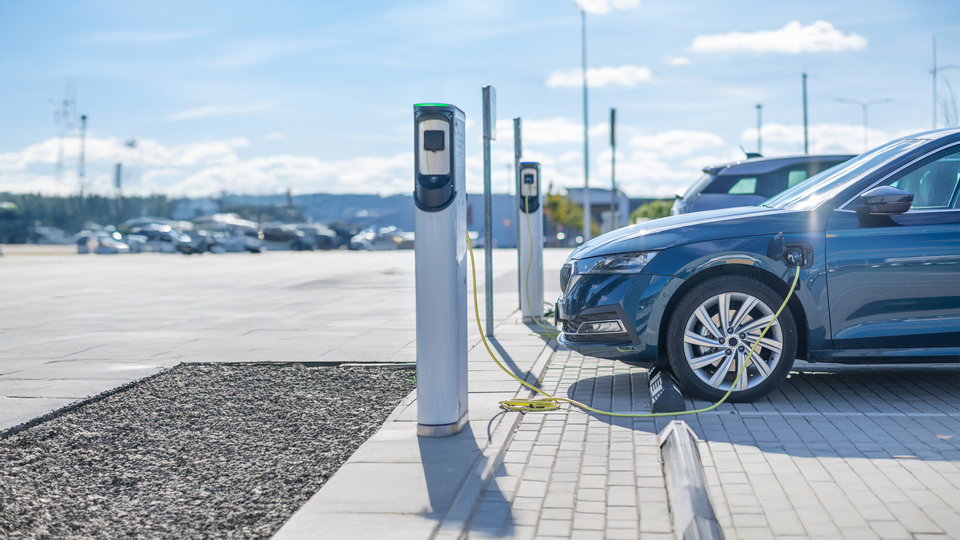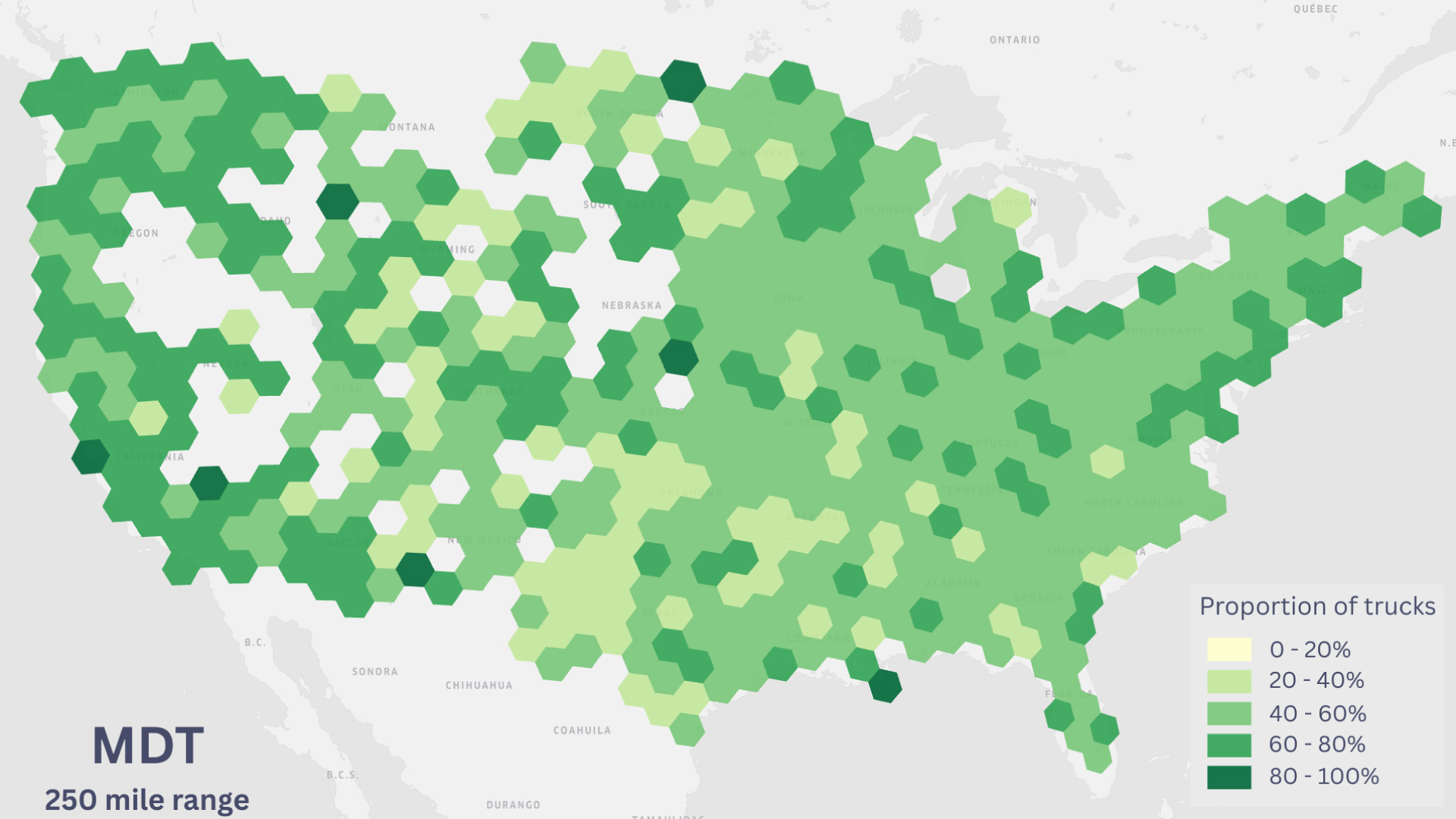2030 or 2035, the UK Needs Meaningful Action on EVs Now
Targeted incentives can drive large-scale EV adoption


Before the election, one of Labour's biggest pledges was to revert to the original 2030 date for the ban on the sale of new petrol and diesel cars, after the previous government pushed it back to 2035. There was, however, no mention of this in Labour’s first King’s Speech, nor was any legislation relating to electric vehicles.
While we can certainly expect something relating to 2030 to be announced soon, we should not be fixated on this. Regardless of any ICE ban, the UK’s electric vehicle market share target for 2030 remains 80% under the zero emission vehicle (ZEV) mandate.
The ZEV mandate sets out the percentage of new zero emission cars and vans car makers will be required to produce each year. 80% of new cars and 70% of new vans sold in the UK need to be zero emission by 2030, increasing to 100% by 2035.
Indeed, several car makers are already falling behind the targets, which requires 22% of this year’s sales to be of zero-emission models. So far in 2024, 16.6% of all car sales have been electric, according to new figures from the Society of Motor Manufacturers and Traders (SMMT), indicating that the industry has some work to do in the second half of 2024.
Yet the country needs meaningful incentives to drive more private and fleet buyers into electric cars and vans. We agree with the SMMT that the new Labour government needs to implement “urgent measures” to address “concerns on affordability and infrastructure” around electric cars.
New government, new ideas needed
An effective, proven way to encourage EV adoption is through financial grants. Upfront costs remain a significant barrier for many potential EV owners. Although the cost of electric vehicles is coming down thanks to decreased battery costs (and some pretty chunky manufacturer incentives), the majority of EVs still represent a higher initial investment compared to petrol or diesel alternatives. Reintroducing grants can bridge this gap, making EVs more affordable for a broader range of people.
In addition to direct grants, other financial incentives such as tax credits, rebates, and reduced registration fees can also play a role. These measures can collectively reduce the financial burden of a new car, making EVs a more attractive option. But we also need some leftfield, highly visible solutions, such as free parking for EVs and access to bus lanes.
Moreover, supporting home charging through subsidies can further enhance the appeal of EVs for individual buyers. But not everyone can charge an EV at home. This is where we need some lateral thinking on location of charging points, placing them where people already spend their time in familiar places.
Fleets leading the way
Fleet buyers continue to represent the majority of new electric vehicle sales. Targeting incentives towards company car drivers and fleet operators can drive large-scale adoption and set a precedent for widespread EV use. Financial grants for purchasing EVs can make the transition more economically feasible for fleet operators, who we know are operating under tight budget constraints.
Beyond direct grants, offering tax breaks and operational incentives can further reduce the total cost of ownership for EVs in fleet operations. Encouraging fleet operators to transition to EVs not only helps in reducing emissions but also normalises electric vehicles in the public eye, demonstrating their viability across various use cases.
Education, education, education
The new EV funding strategy should involve collaboration across various sectors, including government agencies, automotive manufacturers, and financial institutions. By pooling resources and expertise, we can create a robust funding framework that accelerates the transition to EVs.
Public and private partnerships can play a pivotal role in providing the necessary funding for EV incentives. Government policies need to be supported by private sector initiatives, including partnerships with automotive manufacturers, energy companies, and technology firms. These partnerships can help in developing innovative financing solutions, such as leasing programs and low-interest loans, which can further reduce the financial burden on EV buyers.
In addition to providing financial incentives, it is essential to raise public awareness about the benefits of EVs and the funding options available. Public awareness campaigns can educate consumers about the long-term cost savings, environmental benefits, and available incentives for purchasing EVs. By increasing awareness, we can drive higher adoption rates and facilitate the transition to electric vehicles.
Subscribe to get industry tips and insights

Ivan Lequerica is a Physicist and Electronics Engineer PhD who has contributed to the development and implementation of Geotab’s European business and engineering strategies since he joined the company in early 2015.
Table of Contents
Subscribe to get industry tips and insights
Related posts

Beat the Heat: Easy Ways to Maximize Your EV Range This Summer
June 19, 2025
2 minute read

Small Steps, Big Impact: The Transformative Power of AI in Field Service
June 11, 2025
2 minute read

Charlotte Argue: Breaking down cost barriers for electric fleets
June 5, 2025
4 minute read
.jpg)
Harnessing AI to Drive Innovation, Responsibility, and Human Potential at Scale
May 23, 2025
2 minute read

